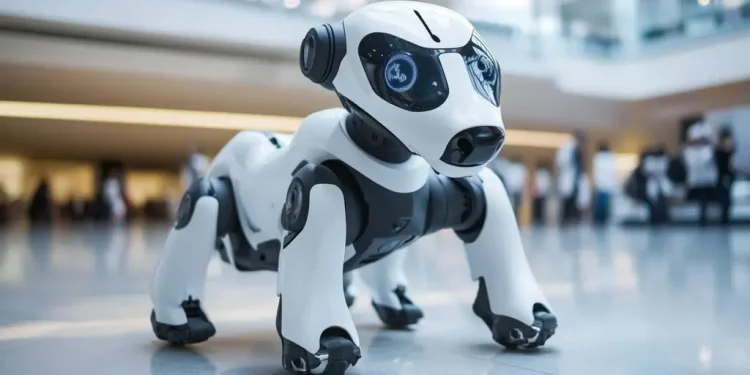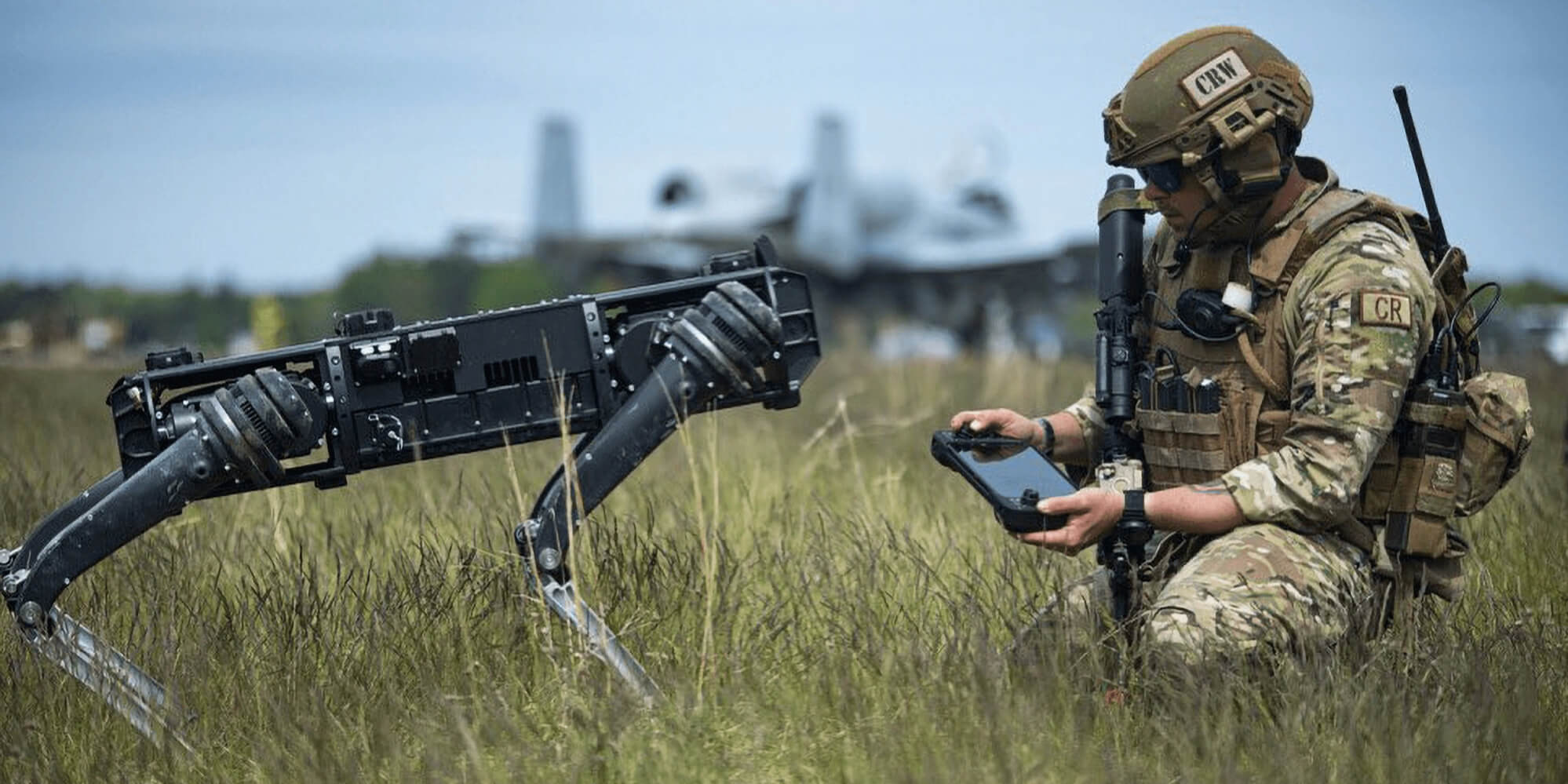The Rise of AI-Powered Robot Dogs in China
In recent years, China has emerged as a leading force in the field of robotics, particularly with the development of AI-powered robot dogs. These mechanical companions are a testament to the country’s technological innovations and are transforming the way people interact with machines. From military applications to personal companionship and home security, these robot dogs are set to make a significant impact.
Technological Capabilities of Robot Dogs
The AI-powered robot dogs are equipped with advanced technologies that enable them to perform a variety of tasks. They are designed with state-of-the-art AI systems that allow them to learn from their surroundings and improve their interactions over time. These robot dogs have a suite of sensors that help them navigate complex environments and make real-time decisions.
- Sensors for environmental awareness
- AI algorithms for behavioral adaptation
- High-definition cameras for vision processing
- Connectivity features for remote control and updates
These technologies make the robot dogs highly versatile, capable of both independent operation and user-directed tasks. The use of AI allows them to recognize human faces and voices, making interaction intuitive and personalized.
Applications in Various Sectors
Robot dogs are already being employed across a variety of sectors. In the military, they are used for reconnaissance missions, capable of traversing difficult terrains and sending back critical data to human operators. Additionally, their ability to carry payloads makes them valuable for logistics and supply chain applications.
Within the consumer market, robot dogs serve as companions, helping with tasks such as reminding owners of daily tasks, playing music, or even conducting simple conversations. They also act as an advanced form of home security, capable of patrolling and detecting unusual activities.
Furthermore, these robots are finding uses in agriculture, where they monitor crop health and perform soil analysis, thereby increasing efficiency and reducing labor demands.
Table of Specifications
| Feature | Specification |
|---|---|
| Processor Unit | Custom AI Chip |
| Battery Life | Up to 12 hours |
| Weight | Approx. 20 kg |
| Maximum Speed | 5 m/s |
| Sensors | LiDAR, Cameras, Audio Sensors |
Ethical and Social Considerations
As with all advanced technologies, the deployment of AI-powered robot dogs raises several ethical and social considerations. Privacy concerns are at the forefront, given their capabilities in surveillance and data collection. Ensuring that these technologies are used responsibly and that their data handling complies with privacy regulations is essential.
Additionally, there is the question of job displacement, as robot dogs can perform tasks traditionally done by humans. This points to a broader discussion on the balance between technological progress and its impact on employment, necessitating strategies for workforce adaptation.
The Future of AI-Powered Robotics
The future of AI-powered robotics in China looks promising, with continued advancements poised to enhance their capabilities. Investment in research and development is likely to lead to more sophisticated functionalities, better battery life, and seamless integration into various facets of daily life.
The role of robot dogs in society will continue to evolve, potentially becoming as common as other smart devices, with their application only limited by human imagination. The flexibility and intelligence of these machines will define new paradigms in human-robot interaction.
In conclusion, China’s AI-powered robot dogs are just the beginning of a new era in robotics. Their development marks a significant milestone in the journey toward advanced autonomous systems that promise to reshape industries and enrich human experiences.







